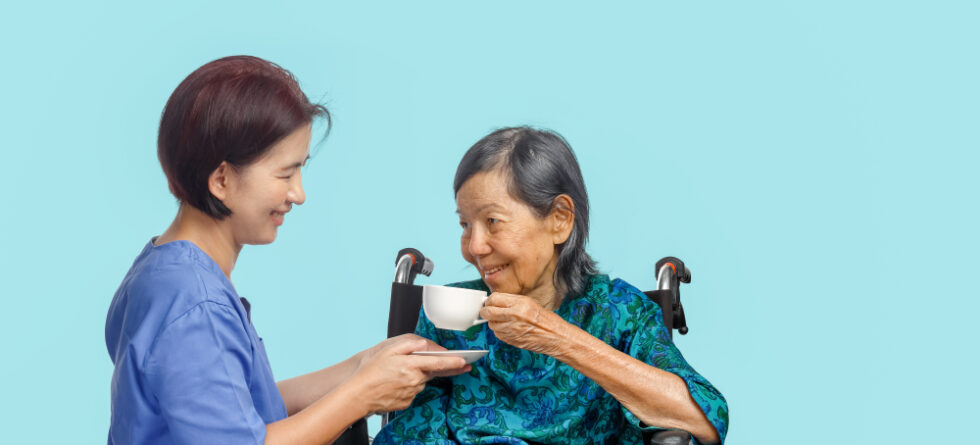Caregivers play a pivotal role in providing support and assistance to individuals in need. One key aspect of caregiving that often goes unnoticed is the presence of the caregiver themselves. Caregiver presence can be categorized into two distinct types, each with its significance and impact on the overall care experience.
- Physical Presence – Physical presence refers to the tangible existence of the caregiver near the care recipient. This type of presence involves the caregiver being physically present to provide hands-on assistance, perform tasks, administer medications, and offer companionship. Whether it’s helping with activities of daily living such as bathing, dressing, or meal preparation, or simply being there to offer emotional support, physical presence is essential for meeting the practical and emotional needs of the care recipient.
- Emotional Presence – Emotional presence, on the other hand, goes beyond the physical proximity of the caregiver. It encompasses the ability of the caregiver to empathize, connect, and communicate effectively with the care recipient on an emotional level. This type of presence involves actively listening to the concerns and feelings of the individual, validating their emotions, and providing comfort and reassurance. Emotional presence plays a crucial role in fostering trust, building rapport, and enhancing the overall quality of care by addressing the psychological and social aspects of well-being.
The importance of both types of caregiver presence cannot be overstated. While physical presence ensures that the practical needs of the care recipient are met, emotional presence adds depth and meaning to the caregiving relationship, promoting a sense of security, dignity, and mutual respect.
Understanding the two types of caregiver presence—physical and emotional—is for delivering comprehensive and compassionate home health care and hospice services. By recognizing the significance of both aspects, caregivers can create a supportive environment that promotes healing, comfort, and overall well-being for those under their care.







